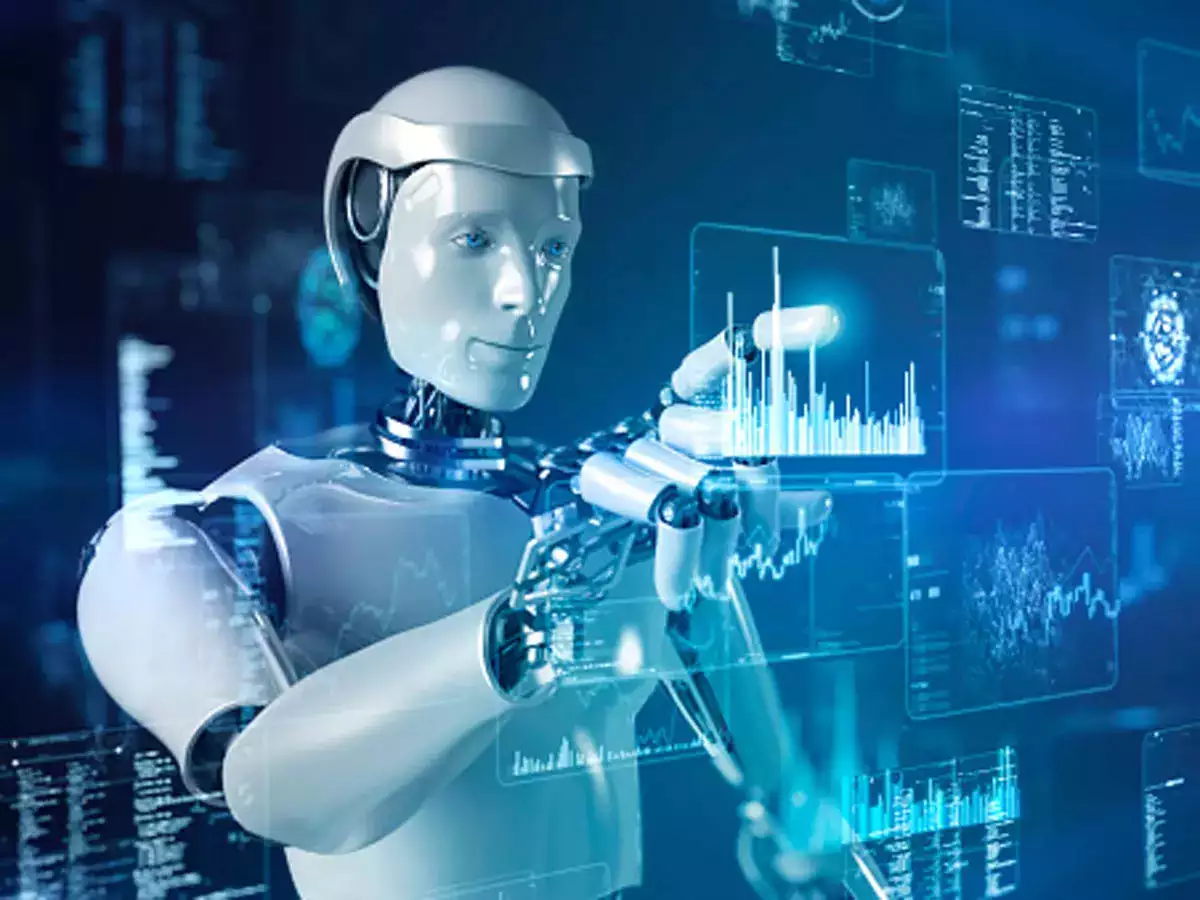The Cloud Native Computing Foundation (CNCF) is championing a new era where cloud-native platforms are fundamental to powering artificial intelligence (AI) workloads, effectively transforming infrastructure into an operating system. This shift is driven by the increasing demand for scalable, reliable, and interoperable infrastructure to support AI's growing presence in production environments.
CNCF's Role in Standardizing AI on Kubernetes
Recognizing the increasing adoption of Kubernetes for AI workloads, the CNCF has launched the Certified Kubernetes AI Conformance Program. This program aims to establish open, community-defined standards for running AI workloads on Kubernetes, ensuring consistency and reliability across diverse environments. The program defines a minimum set of capabilities and configurations required to run widely used AI and machine learning frameworks on Kubernetes. This initiative is modeled on the CNCF's successful Certified Kubernetes Conformance Program, which has certified over 100 Kubernetes distributions.
Key Objectives of the Conformance Program
The Certified Kubernetes AI Conformance Program seeks to achieve several key objectives:
- Ensure Portability and Interoperability: Enable organizations to move AI and machine learning workloads across public clouds, private infrastructure, and hybrid environments without vendor lock-in.
- Reduce Fragmentation: Establish a shared baseline of capabilities and configurations that platforms must support, simplifying AI adoption and scaling on Kubernetes.
- Promote Reliability: Provide common test criteria, reference architectures, and validated integrations for GPU and accelerator support, making AI infrastructure more robust and secure.
Why Cloud-Native for AI?
Cloud-native AI combines cloud computing principles with tools like containers and Kubernetes to meet the demands of AI workloads, including model training, inference, and data processing. Kubernetes has become the industry standard for building AI infrastructure, from early-stage pipelines to large-scale production systems. It simplifies model deployment, streamlines resource management, automates scaling, and increases system resilience. Cloud-native infrastructure offers the scalability, portability, and speed that AI teams need to build and deploy smarter solutions faster.
Benefits of Using Kubernetes for AI Workloads
- Scalability and Flexibility: Kubernetes provides essential scalability for AI workloads, allowing horizontal scaling across multiple nodes and supporting hybrid and multi-cloud environments.
- Resource Management: Kubernetes efficiently manages resources, which is crucial for AI tasks requiring significant CPU, memory, and GPU power. It allows precise resource allocation, guaranteeing optimal performance for GPU-accelerated AI workloads.
- Automation: Kubernetes offers automated rollouts, scaling, and infrastructure abstraction capabilities, making it ideal for managing complex, distributed AI systems.
- Fault Tolerance: Kubernetes restarts pods on failure, rolls out updates with no downtime, and automatically scales jobs as needed.
- Reproducibility: Configuration files describe tasks, enabling them to run anywhere on any cluster in any environment.
Challenges and Solutions
While Kubernetes offers numerous benefits for AI workloads, it also presents challenges:
- Complexity: Kubernetes is more of a construction kit than a plug-and-play environment, requiring careful tuning, a thoughtfully designed architecture, and solid experience managing compute resources, especially GPUs.
- Resource Contention: In multi-team environments, contention for GPUs, memory, and CPU is almost guaranteed.
- Uneven Loads: Model training and testing are compute-heavy but not constant.
To address these challenges, organizations can use tools like Horizontal Pod Autoscaler (HPA), Vertical Pod Autoscaler (VPA), and Cluster Autoscaler to scale AI/ML workloads on Kubernetes. HPA adds pod replicas, VPA resizes pods for higher capacity, and Cluster Autoscaler adjusts the number of nodes in the cluster.
The Future of Cloud-Native AI
The CNCF's Technology Radar for Q3 2025 highlights how AI inferencing, machine learning orchestration, and agentic AI systems are shaping the next wave of cloud-native development. The report indicates that cloud-native infrastructure is no longer optional for AI and ML practitioners, with CNCF technologies underpinning both experimental and production workloads. As AI continues to evolve, Kubernetes is expected to play an increasingly central role in managing the infrastructure that powers these advanced applications. The rise of AI-native development within the cloud-native ecosystem marks a significant milestone in software evolution, enabling intelligent automation, predictive analytics, and personalized experiences.















